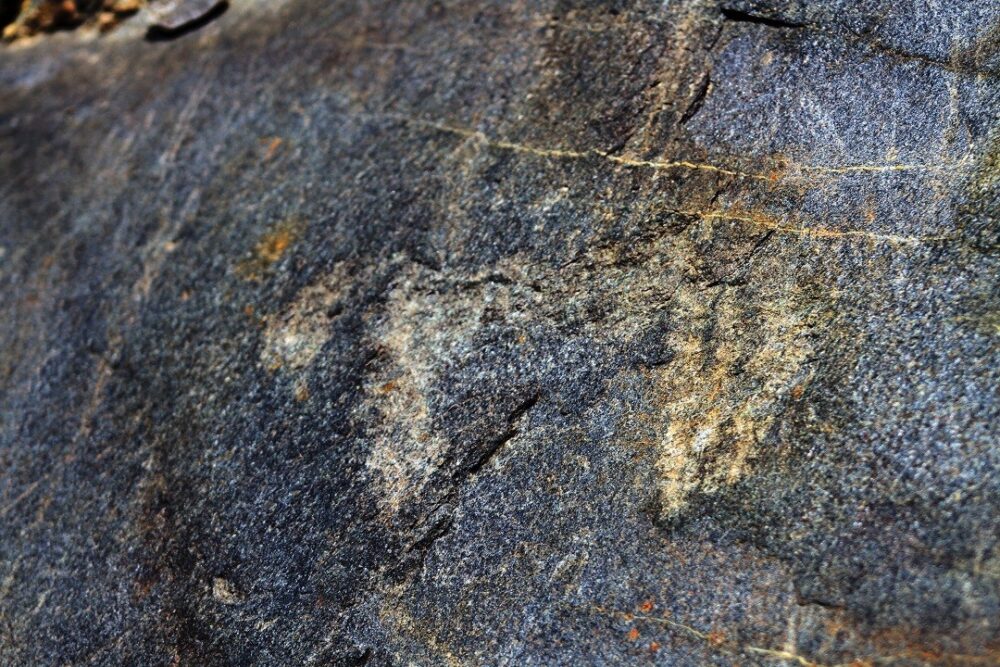In Valtellina, Lombardy, the Petroli, the highest rock engravings in Europe. The exceptional discovery in Valfurva (SO) at the foot of the Pizzo del Pizzo Tresero in the Stelvio National Park
An exceptional discovery that rewrites the history of Lombardy
Lombardy is confirmed as a real open -air museum, a territory in which history and biodiversity are interwoven in a millennial story. To strengthen this identity, there is an extraordinary discovery: the Petroglifi of the Tresero side, in the municipality of Valfurva (Sondrio), in the inside Stelvio National Park.
A discovery of great heights
In the summer of 2017, the Como walker, Tommaso Malinverno, identified a few engravings on a rock, at the foot of the Tresero Lace Glacier, 3 thousand meters above sea level. The subsequent studies have confirmed that this Petrolfi are dating from the average Bronze Age, engraved between 3,600 and 3,200 years ago.
This discovery makes a connection with another extraordinary discovery: a fossilized ecosystem from 280 million years ago, which emerged in the Orobie Valtellinesi Park. The news, released on November 13, 2024, extends the framework of research into the remote past of the region and offers new ideas to understand the evolution of the Alpine environment.

A link with Lombardy’s rock engravings
The Petroglifi of the Tresero bears witness to a millennial human presence in the countries at a great height. Located above the Gavia Pass, they connect with the rock locations of Valtellina and Valle Camonica. The last, first in Italy to get recognition UNESCO In 1979 it represents one of the most important rock art complexes in the world.
The discovery of these engravings, the highest in Europe, gets an exceptional scientific value. He shows that, thousands of years ago, the man was able to adapt and survive, even with extreme shares. Moreover, the site concerns not only archeology, but also affecting universities and researchers who are studying biodiversityFauna and Alpine Landscape.
Scientific research: the glacier as a custodian of the past
To confirm the authenticity of the Petroglifi, the Lombard Archaeological Superintendence has accurately conducted scientific research. Under these, cosmological analyzes have made it possible to reconstruct the exposure times of the rocks to sunlight. The site has emerged various occasions from the glacier, until they appear permanently in recent decades due to the dissolution of the Tresero glacier.
The rock art of the Tresero and the comparison with other alpine sites
The petroglifi, it is written in a nut, focus on rocky surfaces smooth through ice, located along the western edge of the ice pelvis, at the foot of the upper signal. The techniques and figurative composition suggest that the engravings are made in different eras and through different hands.
This site lies between two of the most important district of Rock Art of the Alpine Arc: The Camonica Valley, UNESCO Heritage and Valtellina, with testimonies such as the Magna Cliff of Grosio and the sculpture of Teglio.
Glacial erosion has left clear signs about the engravings. Stutten and Schaaf wounds suggest that the original number of the Petroglifi was larger and that some were lost due to the movements of the glacier. If this hypothesis was confirmed, the Tresero website could be what remains of an old rock art sanctuary, similar, on a small scale, with the famous complex of Mount Bego, in the maritime Alps.
A natural laboratory for the study of humans and the mountains
This discovery confirms the value of the Stelvio National Park and the Alta Val di Gavia as privileged observers of the interaction between people and mountains in the millennia. A major research project is currently underway to understand how the old human communities have occupied and exploited these countries at great heights.
The archaeological investigations that have been carried out since 2022 at locations near the Tresero, such as the Alpe Malga, the Cameracave and the Nero Lake, have unveiled traces of settlements that go back to more than ten thousand years ago. Mesolithic hunters used these areas for bivouac and hunting stations, leaving signs of their presence in an environment as hostile and fascinating.
This new discovery enriches the historical heritage of Lombardy and emphasizes the importance of continuing to study the past to better understand the relationship between people and his mountains, one of the most valuable treasures in the region.
«The Stelvio National Park – said Stefano Morosini, professor ofUniversity of Bergamo and scientific coordinator of the Stelvio National Park – Hij vervolgt zijn belangrijke functies niet voor de bescherming van ecologische saldi en landschapsschema’s, ter garantie en overdracht aan de toekomstige generaties van zijn buitengewone habitats op grote hoogten, maar voert ook een belangrijke reeks bescherming van bescherming en verbetering van zijn historische, archeologische en architecturale erfgoed uit, in een bergachtige omgeving van de in het centrum van het centrum van de millenniali’s die in het centrum van de alpen zijn geweest die in het Center of the Alps are based in the center of the Alps that are based in the center of the Alps.



